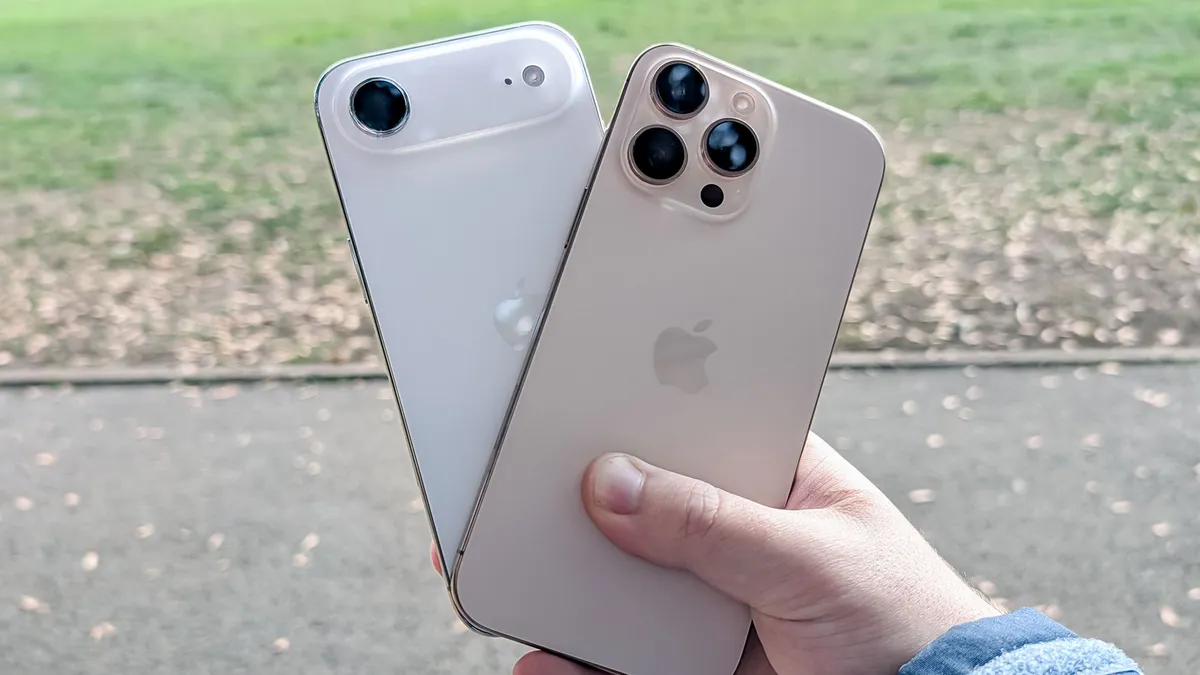
After a year-long experience with the iPhone 16 Pro Max, I had a few minor complaints about the user experience. However, my primary motivation for wanting to upgrade was to stay current for work purposes, especially with the anticipated release of the iPhone 17 Pro Max. Just as I was ready to make the leap, the iPhone Air caught my attention. Following the rumors leading up to its launch and spending some time with the similar Samsung Galaxy S25 Edge, I was skeptical about the appeal of a slimmer iPhone.
Apple is often perceived as somewhat stingy regarding what you get for your money, even when paying for high-end features. The idea of an iPhone Air priced similarly to a Pro model but lacking many of the Pro features seemed like a questionable trade-off. Despite my skepticism, curiosity got the better of me when the opportunity to test the iPhone Air arose. I wanted to assess whether my phone habits aligned with the digital minimalism that the new Apple device promotes.
The first adjustment I had to make when switching from the iPhone 16 Pro Max to the iPhone Air was related to my SIM card. While U.S. iPhones have been eSIM-only for several years, the U.K. still offers the option of physical SIM cards. The iPhone Air is unique in that it only comes in an eSIM version globally, which forced me to adapt. While I would have preferred the choice of a physical SIM, I quickly forgave this inconvenience due to the iPhone Air's stunning design.
The iPhone Air boasts a beautiful aesthetic, characterized by a glass body and a sleek, slightly curved titanium rail. Transitioning from the slab-like Pro Max to the iPhone Air was a significant difference. Its lightweight design and slim profile make it easy to carry in a pocket or bag, making it less obtrusive than larger devices.
One of my primary concerns about the iPhone Air was its battery life. In our testing, the iPhone Air lasted over 12 hours on a single charge, compared to nearly 18 hours for the iPhone 17 Pro Max. Given my tendency to drain a phone battery quickly on busy days, I worried I might need to purchase the new MagSafe Power Bank designed for the Air. Fortunately, while the battery life was not as robust as I was accustomed to, it exceeded my expectations for typical daily use.
However, there were occasions when I had to enable low power mode, particularly on days when I was transferring data or out late after work. The iPhone Air's battery proved sufficient for most situations, but it was a noticeable adjustment from the Pro Max.
In pursuit of a thinner design, Apple made sacrifices, including the audio capabilities of the iPhone Air. The device features only one speaker, which affects both volume and sound quality when playing audio aloud. Although this was noticeable, it never compelled me to grab my AirPods. On the other hand, the display of the iPhone Air felt quite similar to my previous Pro Max, despite a difference of nearly half an inch in screen size. The device's compact size made it easy to handle with one hand, which is a significant advantage for quick photo captures or while commuting.
One of my immediate concerns when transitioning to the iPhone Air was the camera. The absence of ultrawide and telephoto lenses meant I would miss the advanced photography capabilities I had grown accustomed to. While the 48MP main camera of the iPhone Air performs admirably, it lacks the proper zoom and ultrawide capabilities. In practical use, I found that the iPhone Air produced warm-colored shots, but it couldn't match the optical zoom options available on the iPhone 16 Pro Max, which can reach up to 25x.
Despite my reservations about the iPhone Air, these concerns are largely overshadowed by its impressive design and capability as a flagship smartphone. While I may need more advanced features than the iPhone Air offers, the device's sleekness and ease of use make it hard to resist. I won't dismiss the idea of returning to this model for occasions when I don't require professional features, such as during a holiday.
The iPhone Air stands out as a remarkable device, especially for users who can forgo the advanced functionality found in similarly priced models. It caters well to those who own multiple devices, such as a laptop or tablet, and still seek a premium phone for calls, messages, and social media. Overall, the iPhone Air proves to be more than just an effective marketing strategy; it represents a unique option in Apple's lineup. However, its specialized nature means it might not be the ideal fit for everyone, especially those like me who still have their eyes on the latest Pro models.
For the latest updates and expert analyses, follow Tom's Guide on Google News and add us as a preferred source to receive timely news and reviews directly in your feed. Don't forget to hit the Follow button!